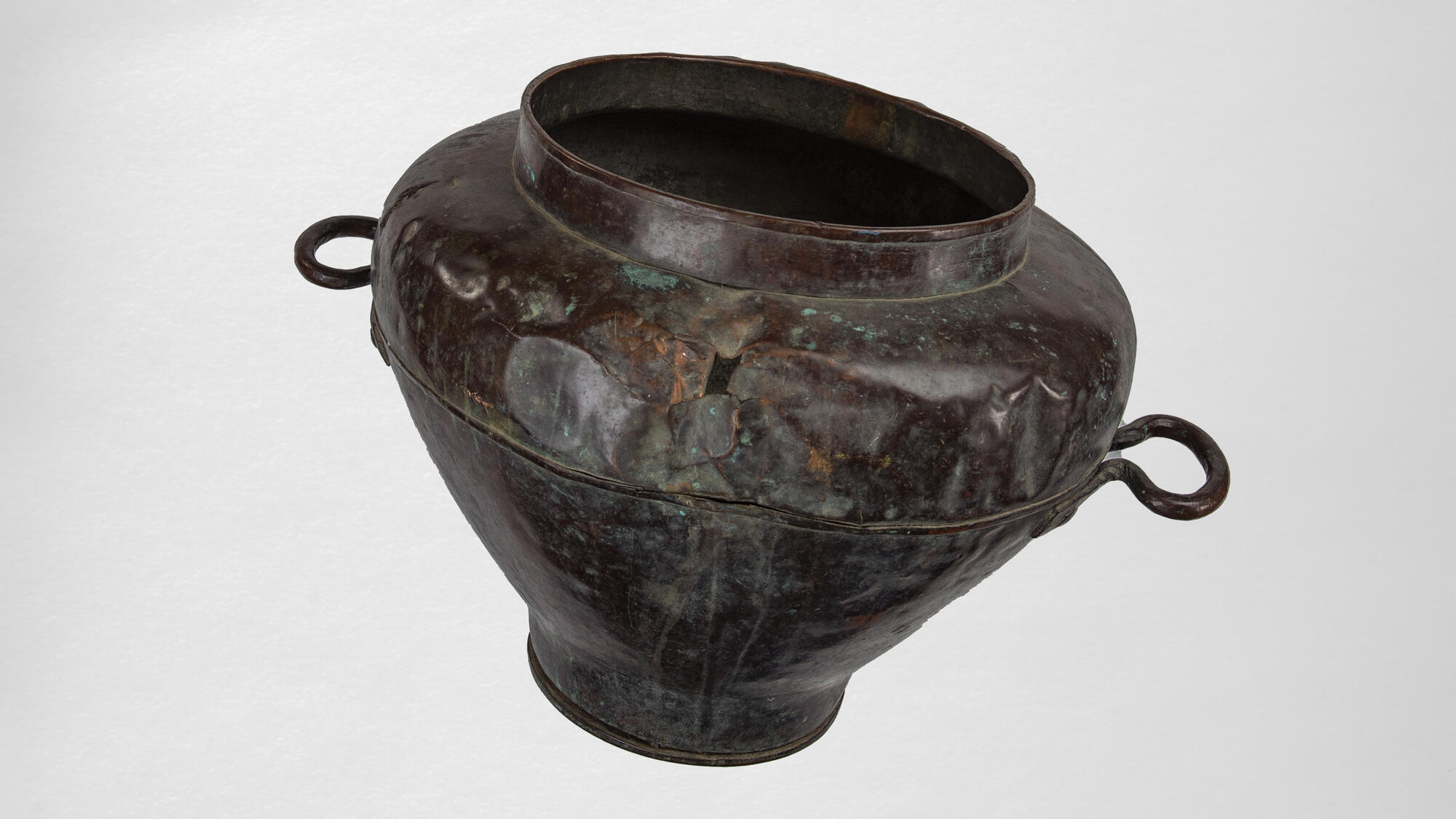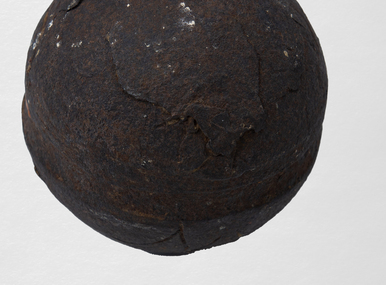Bread wine is a strong Russian alcoholic beverage, which was obtained by distillation. Its ancient recipe has been preserved — “from brew or bread wort fermented with yeast, which is obtained with the help of malt and bread flour like beer wort and kvass.” In Russia, bread wine has been known since the 16th century.
This drink was distilled in a vat from fermented bread mash. It was also called hot wine, vodka, grelka, polugar, corn mule or strong vodka. Although bread wine was sometimes called vodka, it was fundamentally different from the modern notion of this alcoholic beverage. During vodka production, ethyl alcohol is diluted with water. However, bread wine production required the alcohol-containing mass or brew. It was made by fermentation of saccharified cereals. Bread wine was more like Scottish malt whisky made of grain — rye, oats, barley, wheat. Alcohol by volume of the beverage varied from 38.5% to 70%. It was unsweetened and transparent.
In Pogar, bread wine was produced in large quantities. There were rich harvests of crops, but it was more profitable to make alcoholic beverages from them than to bake bread.
Once the “Kyiskaya Starina” magazine wrote, “People of Little Russia show no special disposition to drinking, except for such places as the towns of Pogar, Starodub and Zaporozhskaya Sich…” In 1666, there were already two known Pogar winemakers. There also were craftsmen who made copper cauldrons and pots. For example, 10 such specialists lived in Pogar in 1780.
The Radogoshch Museum houses a copper cauldron for Russian bread wine. This vessel was made in the Pogar guild of bell casters. In his work “Description of the Old Little Russia”, volume one called “The Starodubsky Regiment”, Alexander Lazarevsky, a famous Ukrainian historian, wrote,
This drink was distilled in a vat from fermented bread mash. It was also called hot wine, vodka, grelka, polugar, corn mule or strong vodka. Although bread wine was sometimes called vodka, it was fundamentally different from the modern notion of this alcoholic beverage. During vodka production, ethyl alcohol is diluted with water. However, bread wine production required the alcohol-containing mass or brew. It was made by fermentation of saccharified cereals. Bread wine was more like Scottish malt whisky made of grain — rye, oats, barley, wheat. Alcohol by volume of the beverage varied from 38.5% to 70%. It was unsweetened and transparent.
In Pogar, bread wine was produced in large quantities. There were rich harvests of crops, but it was more profitable to make alcoholic beverages from them than to bake bread.
Once the “Kyiskaya Starina” magazine wrote, “People of Little Russia show no special disposition to drinking, except for such places as the towns of Pogar, Starodub and Zaporozhskaya Sich…” In 1666, there were already two known Pogar winemakers. There also were craftsmen who made copper cauldrons and pots. For example, 10 such specialists lived in Pogar in 1780.
The Radogoshch Museum houses a copper cauldron for Russian bread wine. This vessel was made in the Pogar guild of bell casters. In his work “Description of the Old Little Russia”, volume one called “The Starodubsky Regiment”, Alexander Lazarevsky, a famous Ukrainian historian, wrote,



